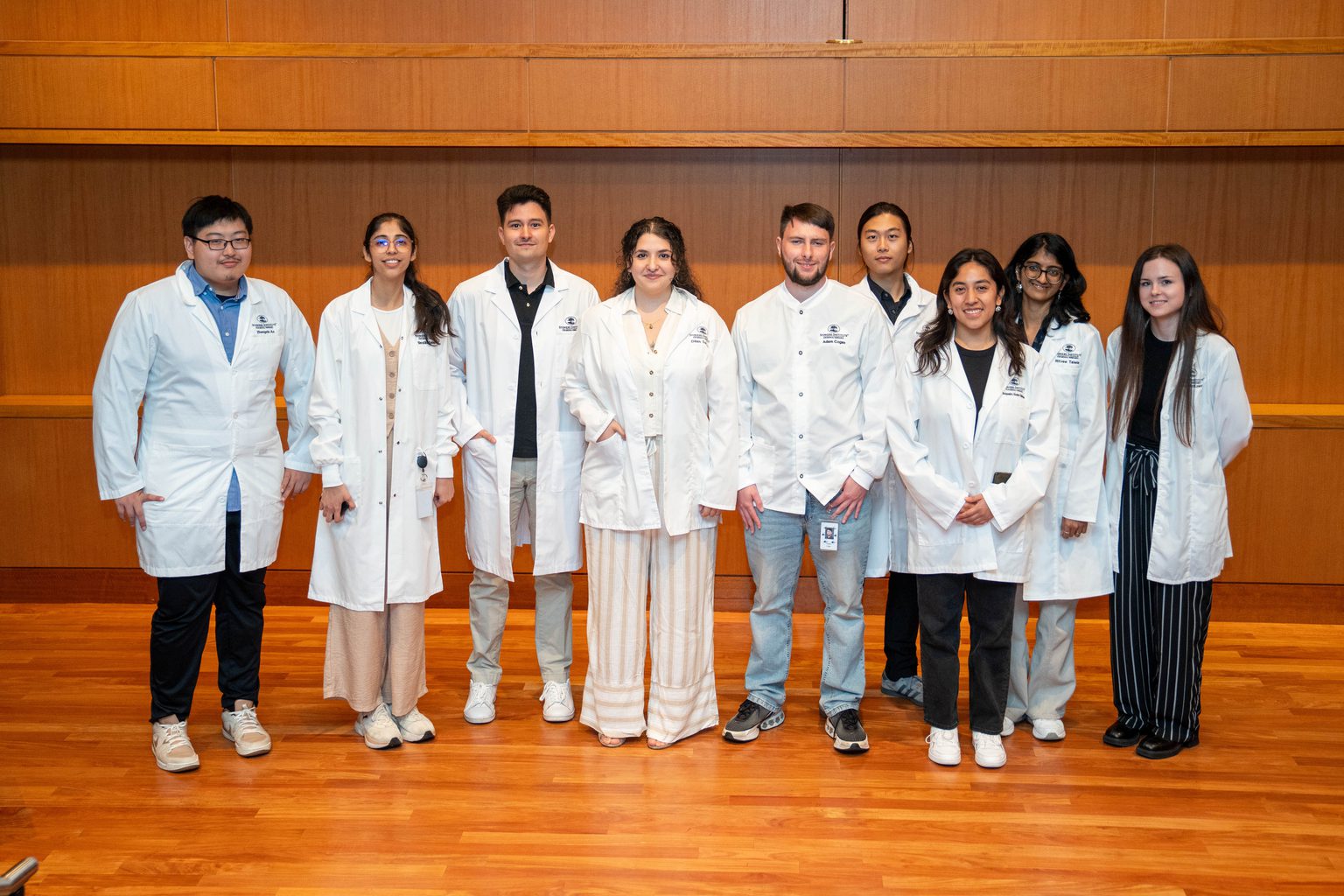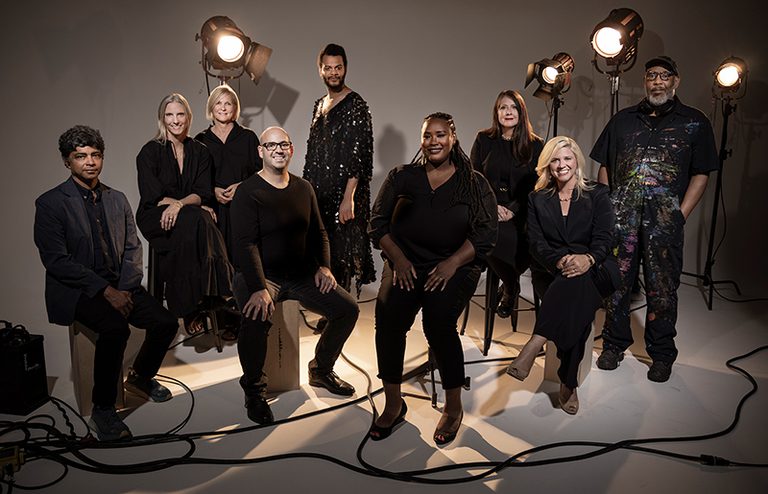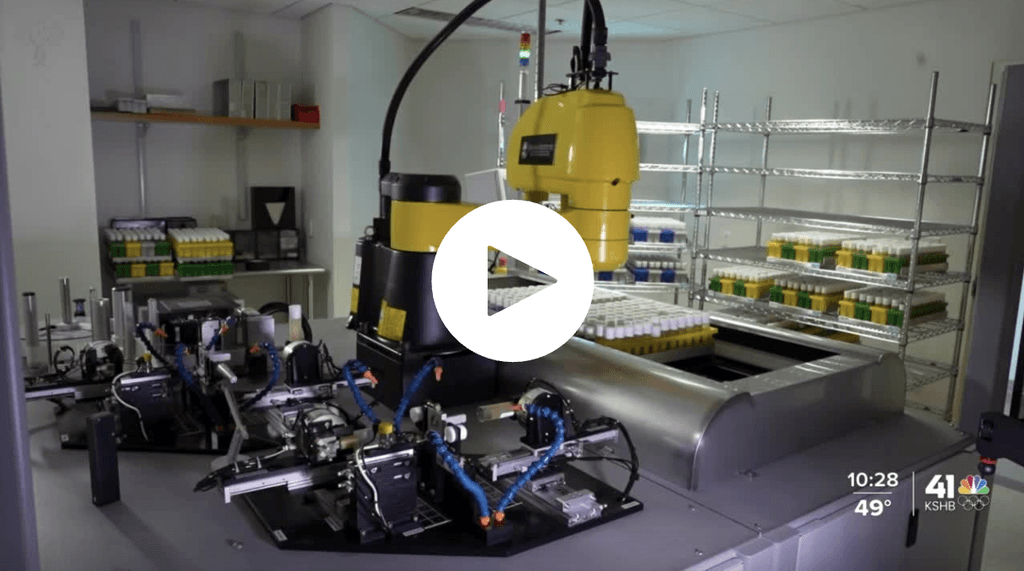News

09 October 2025
2025 Lab Coat Ceremony Welcomes Graduate Students To Their Thesis Labs
An annual tradition marks the start of scientific discovery for the 2024-2025 class of Stowers Graduate School students.
Read Article
News
Kausik Si, Ph.D. explains how his work studying memory is proposing a new theory when it comes to understanding Alzheimer’s and dementia.
Scientific Director and Investigator Kausik Si, Ph.D., recently appeared on The University of Kansas Health’s Morning Medical Update to explain how his work studying memory in fruit flies, snails, and mice is proposing a new theory when it comes to understanding Alzheimer’s and dementia.
During the program, Si explained he has found a way to manipulate the memories of various animals. He can genetically modify fruit fly brains to make them both forget and remember things.
“Memories are what define us. The goal of our study is to find out how we make memories and how we hold on to that. In that process we discovered something that is forcing us to rethink the disease. What causes Alzheimer’s. We look at fruit fly and mice,” he explained.
It has long been thought that protein clumping in the brain signifies a negative impact on the brain’s ability to store memories. Si’s work has suggested the opposite: certain protein clumping may be good. His work suggests the same assemblies that can cause memories to become unstable may, surprisingly, help stabilize memories as well.
“We found the solution is that there are unique features of some proteins that when memory engages them, they clump. When that happens, they become very stable. That’s how we hold on to memories. What’s remarkable is we found that same type of clumping is associated with these diseases. That leads us to this very interesting question, and we are very fascinated by it: How can you have this clumping that causes memory loss but then you have another protein clumping that causes memory to stick around. This is phenomenally exciting. It’s also phenomenally challenging. And we’ve made tremendous progress.”
Si is now investigating if this same process could work in a similar way in humans. “If we really want to understand the disease we must go to the human brain. The fruit fly brain has 180,000 neurons. The human brain as 86 billion,” said Si.
That’s where epilepsy patients come into play. Part of the treatment for epilepsy is to remove part of the brain causing seizures.
More than a dozen epilepsy patients have donated those parts of their brain to the Stowers Institute for research that allows Si and his team to explore the inner workings and patterns that shape our memories.
“Unfortunately, medicine hasn’t come up with a treatment that can resolve this disease in a way that we’d like to. There’s been a set of ideas that have been used for a while, but our study is suggesting there’s another way to approach this problem, in a completely new way, and we are hoping that overtime, something will emerge from this study.”
Dr. Jeff Burns, Neurologist and Co-Director of the KU Alzheimer’s Disease Research Center, noted the importance of the research happening at Stowers.
“It’s incredibly exciting to understand how memories are made. And Dr. Si is really leading the world in. It’s incredibly important. We’ve been working for 20 years and there’s so much happening behind the scenes in the labs. We’ve accelerated the field greatly. And what hasn’t changed is what’s happening in the patient level in the clinics. And we believe in the next year that will change dramatically. It’s all coming together that understanding of the biological level and the treatment at the patient level,” Dr. Burns said.
Watch the full conversation in the video above.
News

09 October 2025
An annual tradition marks the start of scientific discovery for the 2024-2025 class of Stowers Graduate School students.
Read Article
In The News

03 July 2024
From In Kansas City Magazine: Meet 10 people, including Stowers Scientific Director Kausik Si, Ph.D., who are making a difference in Kansas City.
Read Article
In The News

08 March 2024
From KSHB, one of the area's top scientists, Kausik Si, Ph.D., from the Stowers Institute received a coveted award for his "paradigm shifting" work to understand how our memory works and how that defines us.
Read Article
Press Release
21 February 2024
Scientific Director Kausik Si from the Stowers Institute for Medical Research alongside Investigator Lukasz Joachimiak from the University of Texas Southwestern Medical Center received CZI's Collaborative Pairs Pilot Project Awards grant for their project titled, “Tuning memory by altering amyloids.”
Read Article